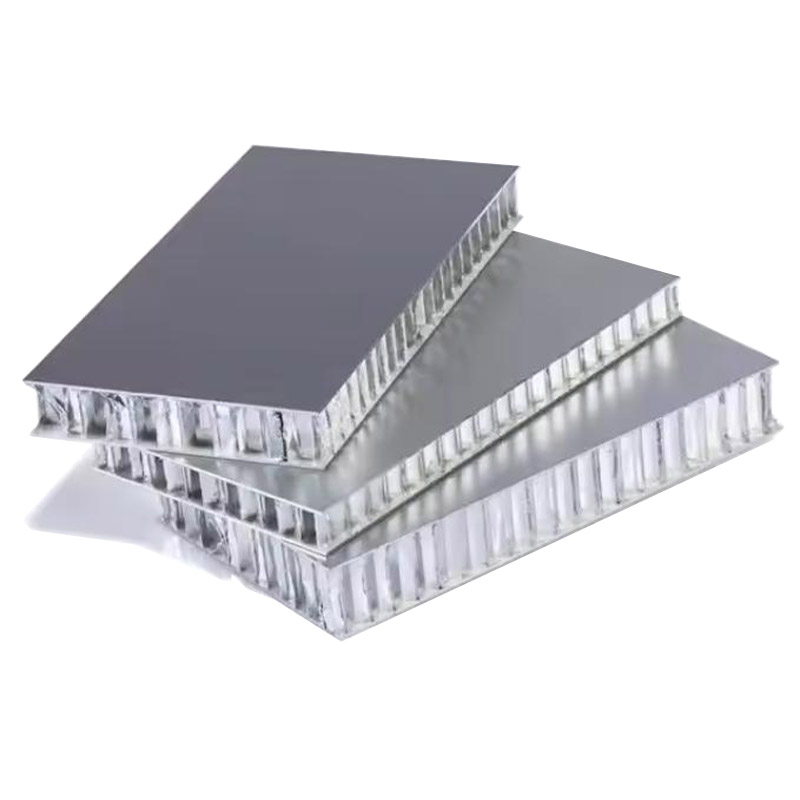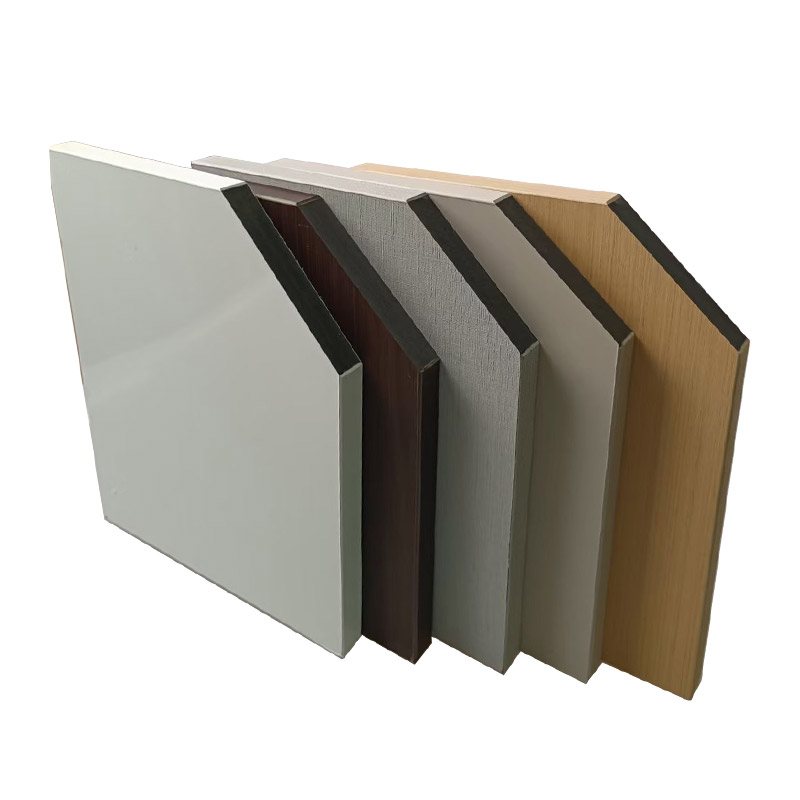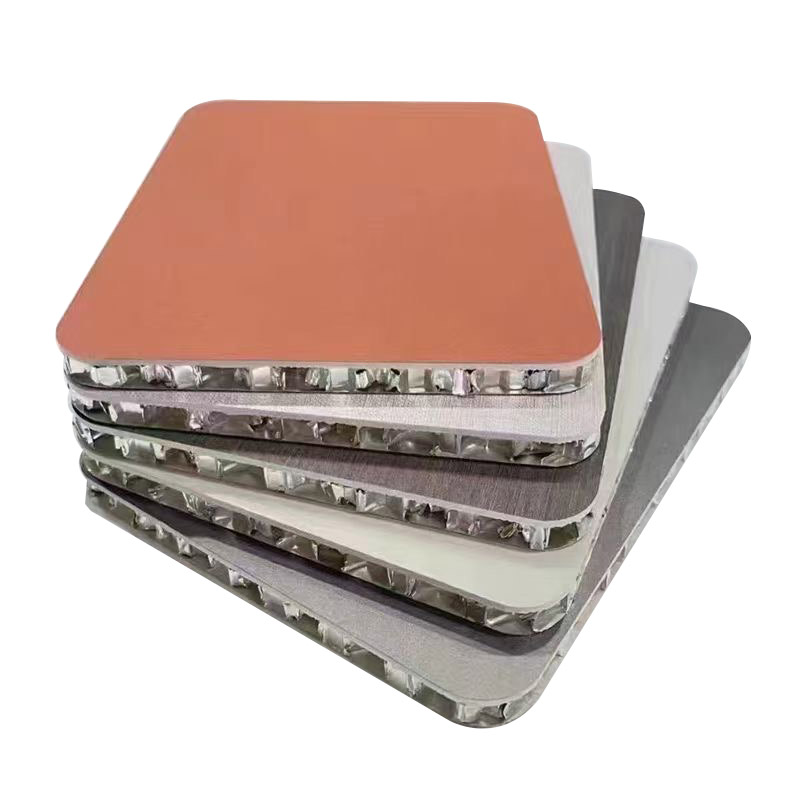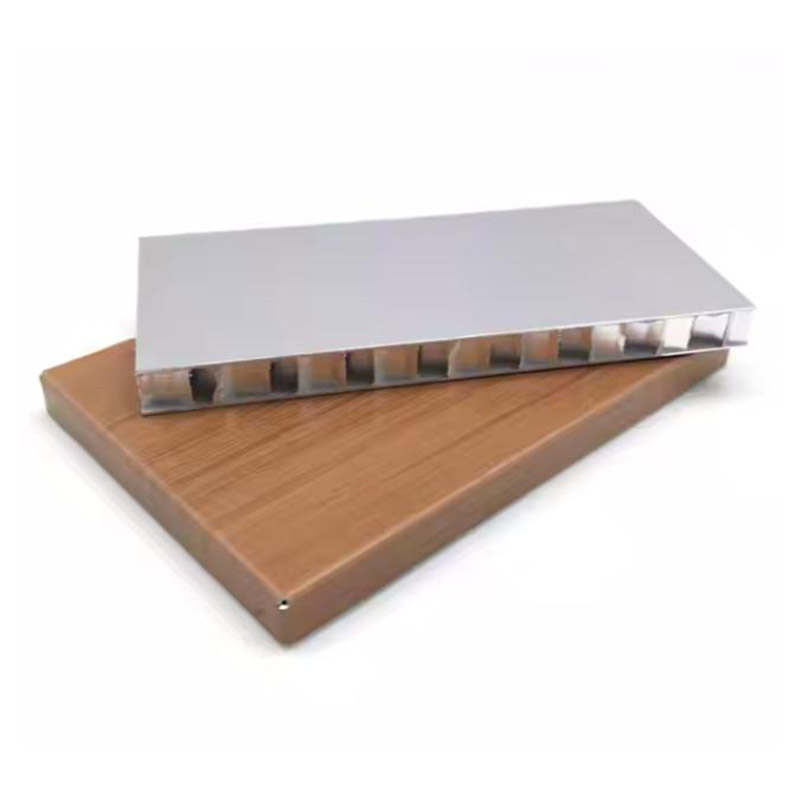How to Cut Aluminum Honeycomb Panels
Aluminum honeycomb panels made of aluminum are widely employed in the field of transport, architectural decoration and many other areas because of their light weight and superior durability. But, there are many who have issues with uneven cutting edges or material deformation in cuts.
Table of Contents
Why Can’t You Cut Your Aluminum Honeycomb Panels Well?
1. Rough edges, layering – looks like dog bites after cutting?
When a regular saw blade is put on, aluminum shavings stick to the blade, the honeycomb core and the panel are directly separated, and the edges are all covered with burrs.
2. Material deformation – Did the board warp after cutting?
High-speed cutting overheating or excessive pressure can cause the aluminum panel to dent directly and the honeycomb core to be flattened, resulting in the entire board being scrapped!
3. Wrong tools chosen – Can’t be cut and is it dangerous?
Hard cut with a woodworking saw blade? The sawtooth was instantly covered with aluminum shavings, which was inefficient and prone to slipping and injuring hands!
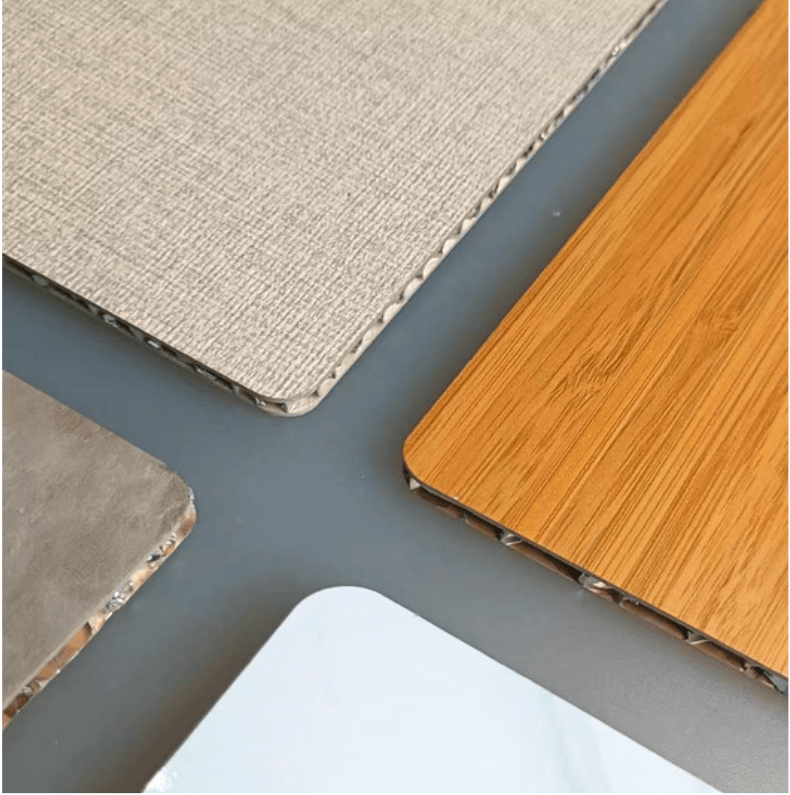
Cutting Steps For Aluminum Honeycomb Panels
Making aluminum honeycomb panels requires the use of suitable tools and techniques to ensure the cutting is precise and clean and avoid harm of the structure. These are the best steps to cut aluminum honeycomb panels:
1. Prepare the necessary tools
Circular saws with blades made of hard alloy: Choose the fine-toothed (40-60 teeth) specific non-ferrous metal blades to minimize burrs.
Curve saw made of blades made of metal: Ideal to cut arc-shaped or complicated designs.
CNC machine for engraving: It is used for precision or large-scale cutting in industrial situations.
Masking tape: Protects the surface of the board from scratches.
Fixture: Fixes the sheet during cutting.
Safety equipment: Goggles, gloves and dust masks.
2. Mark and measure the cutting line
Use a ruler and a marker pen to draw cutting lines on the board.
Stick masking tape along the lines to prevent the surface from cracking or being scratched, and at the same time make the marking lines clearer.
3. Select the appropriate cutting method
a. Circular saw (straight cutting)
The depth of your saw’s blade so that it is slightly over what the sheets thickness is (for instance for a sheet with a thickness of 10 millimeters you can set it at 12-millimeter).
Securely clamp the sheet onto the work surface to prevent vibrations when cutting.
Begin the saw by pushing it slowly, following the line to maintain a constant pressure. Do not push the saw hard enough to avoid the edges from being uneven.
For plates that have an average thickness of 20 millimeters it is recommended to cut multiple small cuts instead of a deep cut, to decrease the stress for the knife.
b. Curve saw (Arc or complex cutting)
Firmly fix the board.
Drill a small hole at the starting point of the curve (if internal cutting is required).
Insert the curved saw blade, cut at a low speed slowly, and move along the line. Use a low gear to maintain control and avoid overheating.
c. CNC Engraving machine (Precision Cutting)
Program the required cutting path using CAD software.
Fix the sheet on the engraving machine’s worktable with a vacuum fixture or fixing device.
Using a fine-toothed engraving head specially designed for aluminum composite materials, the engraving machine will automatically complete high-precision cutting along the programmed path.
Professional cutting technique video
4. Post-processing technology after cutting
Remove burrs by using the file, sandpaper (120-220 mesh) or a deburring device to grind the edges and then wipe them with an absorbent cloth to clean away the metal particles.
The edge sealing (optional) If used outdoors or to prevent corrosion apply a sealant (such as epoxy or silicone resin) to the cutting edge in order to shield the honeycomb’s core from water erosion.
Cleaning the surfaces: remove the masking tape, then wipe the board clean with a soft cloth to get rid of any dust or remnants.
Appearance standard:
- There are no visible burrs to the naked eye
- There is no residual aluminum shavings on the cutting surface
- The protective film is undamaged
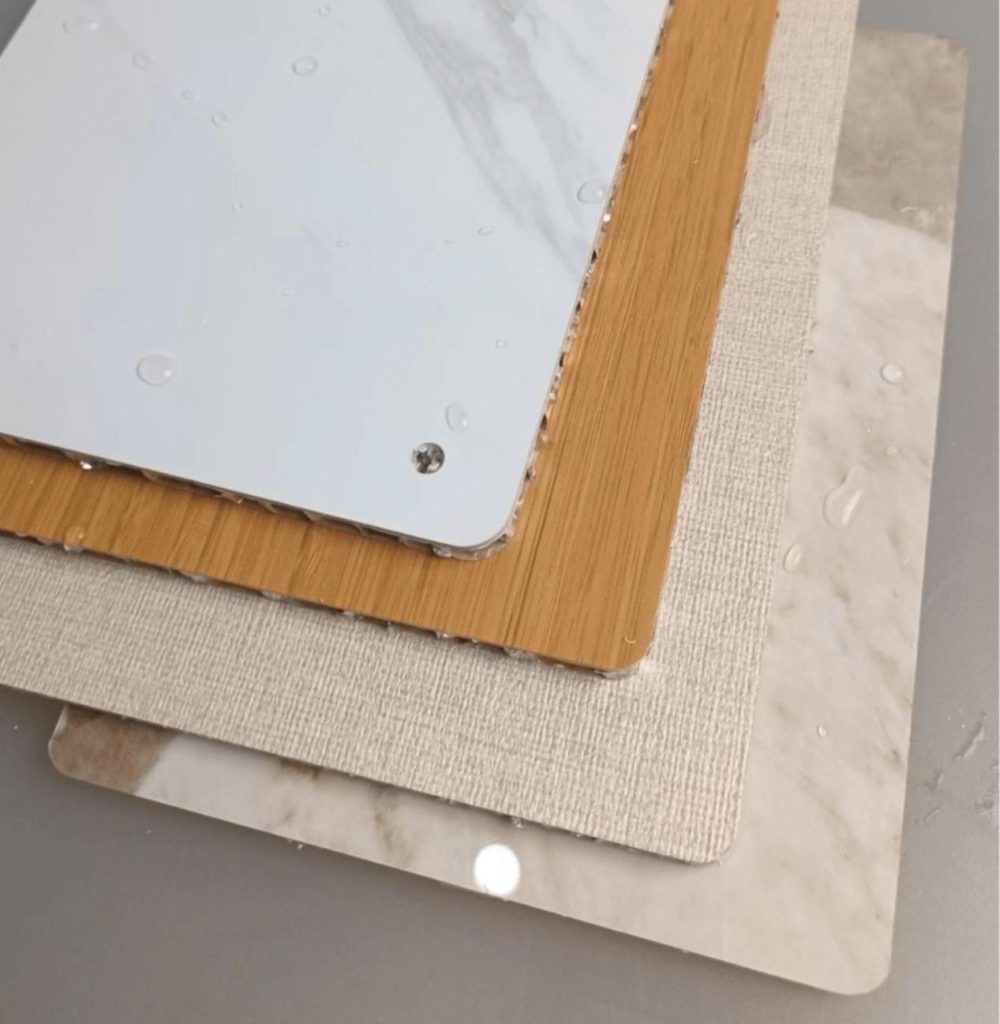
Safety Precautions And Tips
- Temperature control and overheating prevention: Aluminum is extremely durable in its thermal conductivity. When cutting, ensure the same and moderate speed to prevent heat produced through high-speed friction of the blade. This can result in the melting of the plate or cause damage to the honeycomb core. It is advised to alter the cutting speed depending on how thick the sheet. For thick plates, the segmented shallow cutting process can be adopted for heat dissipation.
- Full-area support and fixation: During the cutting process, it is necessary to ensure that the entire area under the sheet is supported (such as using a flat worktable or adding a hard pad), and to fix the edges with multi-point fixtures to prevent the sheet from being suspended and bent, which may cause cut offset or burrs.
- Use professional cutting tools: When cutting, use professional tools to prevent aluminum shavings from sticking to the knife. Do not forcibly break it to avoid tearing the honeycomb core, delamination of the panel, and direct scrapping!
- Scrap pre-cutting drill: Before operation, beginners must simulate cutting on scrap of the same specification, focusing on adjusting the depth of the blade, the advancing speed and the force of the gesture. Only after forming a stable operation feel can they proceed with the formal processing.
- Immediate debris cleaning: Utilizing an industrial cleaner that can simultaneously remove cutting debris or following the operation, use an anti-static brush to softly sweep across the surface to stop metal particles from settling on the surface of the board and creating scratches, which could impact the precision of any subsequent surface treatment.
Common Problems and Solutions
| Problem | Reason | Solution |
| The edges are cracked or rough | The blade is passivated or the cutting speed is too fast | Replace the blade to reduce the cutting speed; Stick masking tape to protect the edges. |
| Plate vibration | Not fixed firmly | Add fixtures or use a more stable worktable to fix the plates. |
| The blade is overheating. | The friction of thick materials is too large | Use a blade with more teeth and make shallow cuts in several sessions |
| Poor cutting accuracy | The guide rail was not used. | Install linear guide rails for assistance |
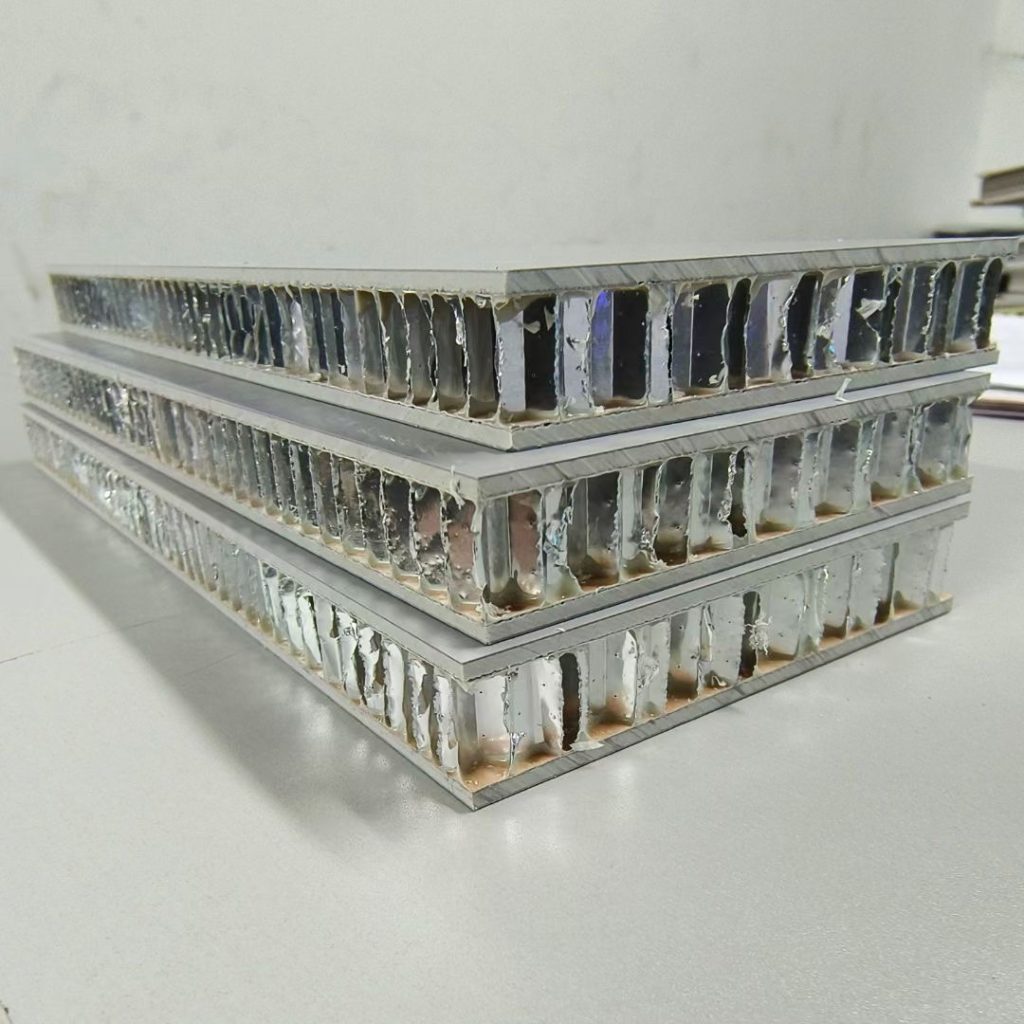
Summary: One table to complete the cutting plan
| Demand scenario | Recommended tools | Key skills |
| Small-batch cutting of thin plates | Vibrating knife/Special cutting knife | Low speed, apply tape to prevent edge chipping |
| High-precision cutting of thick plates | TCT saw blade + table saw | Pitch > 3mm, rotational speed < 3000 revolutions per minute |
| Complex shapes/batch processing | Water jet/CNC milling machine | Reserve a 0.2mm margin and fix it by vacuum adsorption |
If you follow the steps above the honeycomb aluminum panels can be efficiently cut and still maintain their structure and quality. No matter if it’s an DIY task or professional project precision and the right tools are essential to achieve the desired result.

